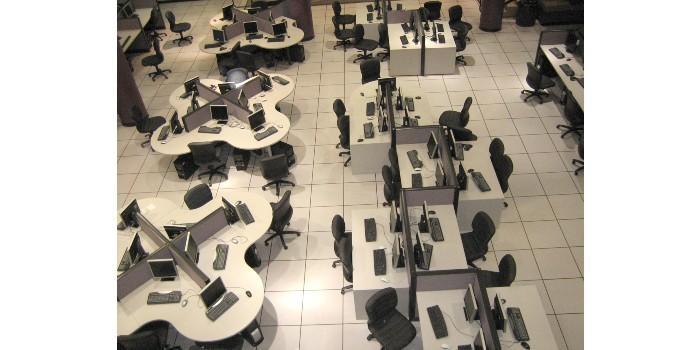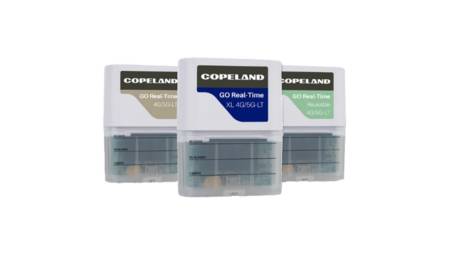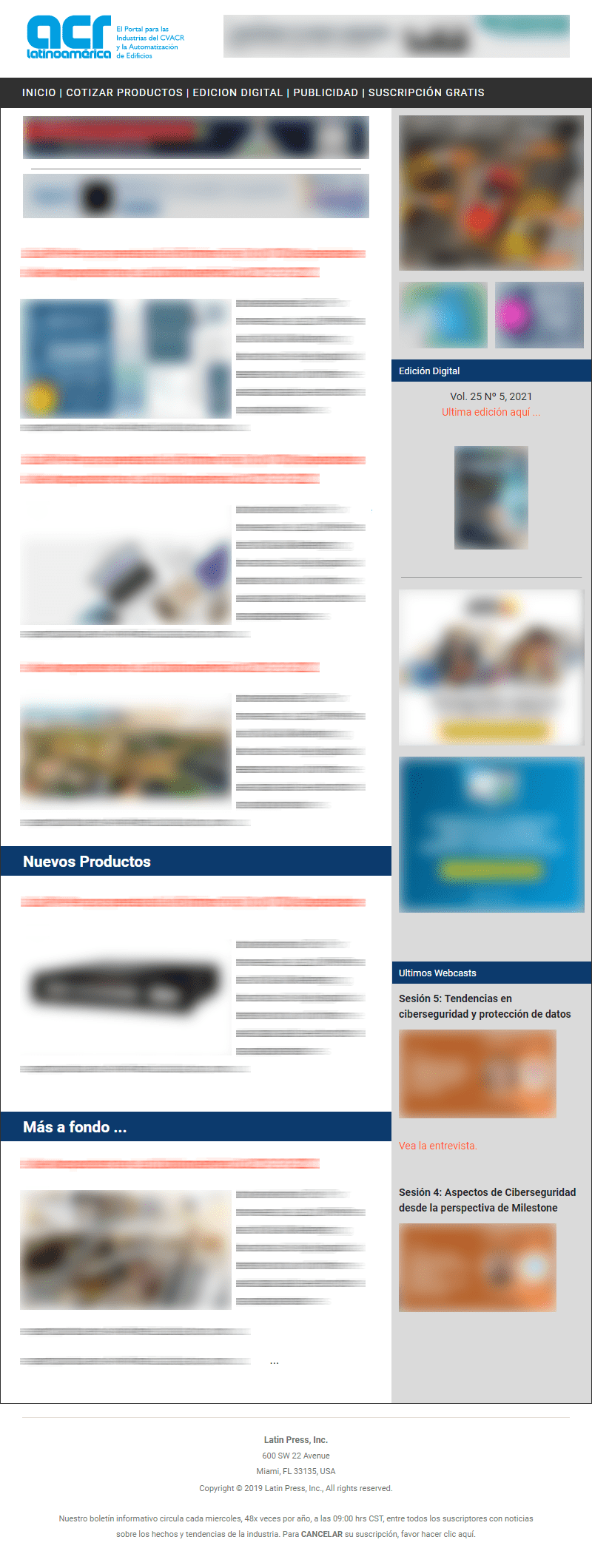 This is an interesting air conditioning alternative considered especially for buildings and other commercial spaces.
This is an interesting air conditioning alternative considered especially for buildings and other commercial spaces.
by Ernesto Porras*
An underground air distribution system (UFAD) uses the space (plenum) between the structural slab and the bottom of a raised floor system to supply treated air to the heated area through diffusers located at ground level.
These air supply diffusers have the particularity that they can provide different levels of control over the thermal comfort of the heated area, depending on the design and location of the diffuser.
The most common design of an air conditioning system in commercial buildings consists of supplying treated air through a network of ducts and a series of diffusers located on the roof or false sky. In general, this network of ducts usually have sizes that occupy a large part of the spaces in false sky and can sometimes generate complications for other service infrastructures to be installed properly.
Conventional air conditioning systems are generally referred to as mixed-type air distribution and are designed to achieve the complete mixing of the supplied air with the air in the heated area, thus keeping the entire air volume of the area at the selected adjustment temperature and evenly distributing the supplied air.
Some studies have shown that the use of UFAD systems brings economic benefits aimed at making building users feel more comfortable and healthy. Among those benefits are increased productivity of people, retention of employees, reduction of building operating costs (less absenteeism of workers due to diseases) and increased market value of facilities.
Main features
Six of the main features of a UFAD system are briefly described below.
1. The air supplied to the heated area must be at least the outside air required by the type of application of the building, which is treated and filtered by the air handling unit (UTA) and driven to a plenum under the ground through a network of ducts that is generally smaller and with shorter travels than roof air distribution systems.
2. The underfloor plenum for UFAD systems is formed by the installation of a raised floor system that is normally made of 0.6 m x 0.6 m concrete-filled steel panels, which are typically installed at heights of 0.3 m – 0.46 m above the structural slab of the building.
3. There are two types of plenum configuration typical for underfloor air supply. One is to use the pressurized plenum and the second to use a network of ducts and diffusers within the plenum, similar to what the distribution of air by roof would be.
4. The air supply temperatures in the diffusers should be between 16ºC and 18°C to avoid overcooling in nearby areas where users normally stay.
5. UFAD systems are generally configured to have a relatively larger number of air supply diffusers compared to roof distribution systems, leading to the air diffusers of UFAD systems being smaller and closer to users in the heated area.
6. The return of air to the UTA is done at the level of ceiling or false sky, or at the maximum height allowed above the occupied area. This generates a pattern of air flow from the floor to the ceiling that takes advantage of the natural buoyancy produced by the heat sources in the heated area, more efficiently eliminating thermal loads and minimizing the concentration of pollutants within it.
Advantages of underground air distribution systems
Well-designed UFAD systems can provide potential advantages, compared to traditional air distribution systems, as described below:
1. Greater thermal comfort. UFAD systems allow users to have greater control over the thermal comfort of their immediate environment. Currently, in commercial buildings there may be a wide variety of preferences in terms of individual thermal comfort due to differences in clothing, the level of physical activity (metabolic rate) and the preferences of users. The degree of thermal comfort perceived by people will depend on the type of air diffusers that the UFAD system has since these can offer a higher level of control over thermal comfort depending on whether the diffusers have local fans or passive floor diffusers type swirl (without local fans).
2. Improved indoor air quality. UFAD systems can improve indoor air quality in the breathable zone of the heated area by supplying treated air at ground level or near the user and returning to ceiling level, resulting in an upward airflow pattern that allows to displace the pollutants generated in the heated area, similar to what is obtained in displacement ventilation systems. To the extent that the design of the air conditioning system allows to supply 100% outdoor air (fresh or new air) with an air supply configuration at low speeds and temperatures slightly lower than those of comfort, greater benefits related to indoor air quality can be had.
3. Reduction of energy use. The energy savings obtained with the use of UFAD systems compared to conventional false sky air distribution systems are related to two main factors: (1) energy savings in the operation of the ice water production plant and (2) energy savings in the UTA fan.
◦ The savings associated with the use of the ice water production plant are the result of adjusting the ice water supply temperature in the chiller a little higher as a result of being able to supply treated air to the heated area at higher temperatures than conventional systems. However, this benefit depends on the climate and humidity control requirements of the heated area.
◦ The energy savings of UTA fans are associated with two factors: (1) the reduction of the total volume of air and (2) the reduction of static pressure requirements. The pattern of airflow treated from the floor to the ceiling in UFAD systems allows most of the heat gains from sources located above the breathing zone or occupied by the heated area to be returned directly to ceiling level and therefore not included in the calculation of the amount of air supply, which allows to have a lower air supply flow compared to conventional air conditioning systems. Static pressures are reduced due to the removal of most of the duct network, as the treated air supply flows freely through the underfloor plenum at low pressures (typical pressures are 0.1 inches of H2O (25 Pa) or less).
4. Reduction of floor height in new constructions. Buildings that use UFAD systems have the potential to reduce height between floors compared to HVAC projects that are designed with treated air distribution at ceiling or false sky level. This can be achieved by reducing the overall height of the service plenums and/or by switching from a standard steel beam or shed construction to a flat slab structural approach in concrete. Additionally, in some projects it is possible to place the other service infrastructures in the same plenum under the floor, which allows to eliminate or reduce in size the plenum of the roof.
5. Improves people's health and productivity. Some studies have shown that the level of satisfaction and productivity of people can be increased using UFAD systems by allowing users to have greater control over their local thermal comfort and better quality of the indoor environment (air quality, thermal comfort, acoustics and lighting).
The advantages offered by UFAD systems lead us to conclude that this type of systems are an effective method to obtain good levels of thermal comfort and indoor air quality in air-conditioned areas with a positive impact on the reduction of energy use of the building.
* Eng. Ernesto Porras, Consultant in Air Conditioning, Cooling Districts, Thermal Storage and Indoor Air Quality - [email protected]














